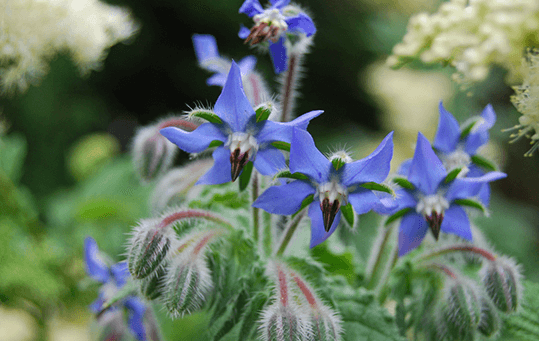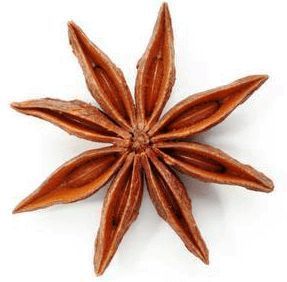Herb Gardens- History of Herbs Gardens
When human beings lived a nomadic existence in an uncivilized state, it was necessary to collect wild plants, berries and roots for food. When they became ill, Instinct led them to the grasses and leaves that had curative properties, in the same way as animals do. When people began to stay in one place long enough to make dwelling, garden, however small, became an essential part of life. The tilling of soil and planting of herbs, vegetables and fruit trees on a plot of ground for easier gathering was a natural outcome. Plants grown for pleasure and beauty became a luxury for the aesthetic sense; special herbs and shrubs were needed for the culinary and healing properties of their foliage, flowers, or fruit, or in the stems and sometimes the roots, and often in the bark. Fragrant flowers and leaves, which were made filled with perfumed essences, were made into useful and charring made articles.
In ancient Egypt, excavations have uncovered perfect pictures of gardens, complete with graceful birds and brilliant butterflies, reproduced on floor tiles. Egyptian water gardens in their scale, magnitude and beauty are said to have been as breathing as the gardens of Versailles, constructed thousands of year latter. A coloured plan on a splendid manuscript of a formal garden for an Egyptian high official in about 1390 B.C., with geometric beds intersected by paths, is still in existence and is reprinted in Gardens in Time by John and Ray Oldham, published by Lansdowne Press. Fruit bearing and other trees and shrubs, water birds on ponds, a tangle of grape vines, pavilions, sculpted – looking plants (which may be herbs) , are all depicted in a pleasing, perfect pattern and scale. There is also an illustration of an impression of the wondrous, many – terraced Hanging Gardens of Babylon, one of the seven wonders of the ancient world. Photographed pictures of superb formal gardens of early Persia, ancient Greece and the Roman and Byzantine empires show how old is the urge to make gardens of beauty, and of self- sufficiency. Indian gardens were built long before the birth of Christ, Pleasure gardens planted with flowers and tree were made more beautiful by the presence of peacocks and song birds; there were lakes for fish, the surface starred with lotus blossoms and water lilies where swans and ducks swam. These legendary Indian gardens, some intricately designed with “water ladders” and sparkling water jets, are still to be seen in Kashmir.
Old documents illustrate delightful formal gardens of the well-to – do in mediaeval Europe and in English Tudor gardens. They show how strongly dominant the impact was of early Eastern garden designs. The formality of plant beds divided into precise shapes in monastery cloisters, and in Elizabethan herb gardens and pleasure gardens, owe the origins of their plans to this Eastern influence.
Simple cottage gardens in Europe and England, and later in America and Australia, possessed their own charm with more random planting, and herbs were placed where they would be within easy reach, or if there were hives, perfumed herbs were close by, for bees love the sweet nectar of thyme, lemon balm, rosemary, sage, marjoram, oregano, borage and many more. Honey flavoured with herbs has the most delicate aroma and taste.



